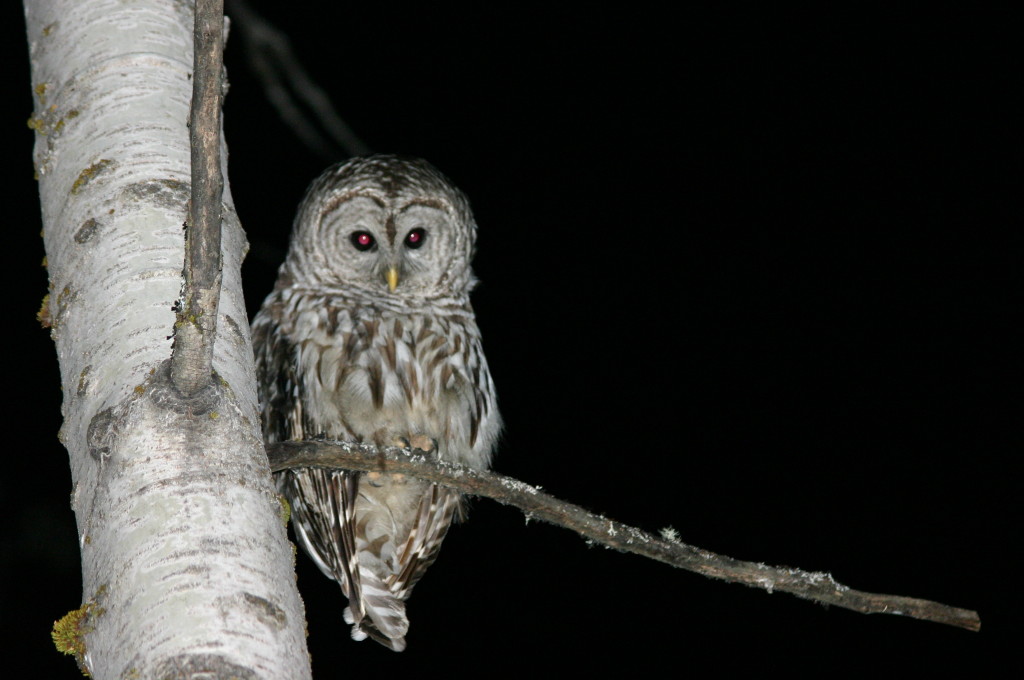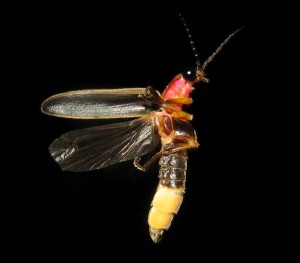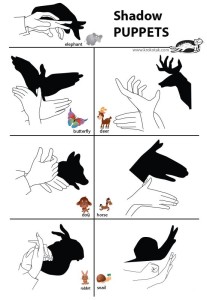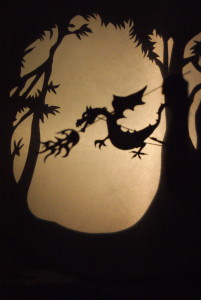Night-time Summer Activities for Kids

Keep Kids Busy and Learning on Summer Nights
This time of year is one of my favorites, it's warm enough to sit outside around a campfire, listen to the night sounds, play music, tell stories, or roast marshmallows. I've been asked to suggest some fun but also educational science activities for kids at dusk or night-time.
Night-time summer activities can be fun, and what you can depends on where you are, how safe the environment is to move around at night, and the age of the kids. Here are a few ideas you might consider:
1. Star Gazing, Constellations, and Stories-
If you have stars in your area that you can see, then encourage kids to look up. You could use a star finder app (here are 15 of the best for iPhone). You could also check out a book at the library. The book, "Once Upon A Starry Night" by Mitton and Balit is a wonderful start, with stories about constellations and their associated myths (K-3rd grade). I've also had kids take black construction paper (or dark colored paper) outside along with gold foil stars. They can use the stars to try to mimic the constellations they see or make up their own. Have them create unique myths and stories to share and tell. You can use white crayons to connect the stars with lines and make animals, heroes, or monsters.
2. Firefly Calling-
You can use mini-LED lights to call local fireflies. It takes patience and you have to know the flash pattern, but there's nothing like having a firefly come right up to you to say hello. Check out my previous blog post on how to call fireflies and what you'll need. I don't recommend catching fireflies, too often they get hurt or squashed in little hands. However, if you have older kids that have a bit more fine motor control then this can be fun too. Just be sure to put air holes in the jar!

3. Lightening Bug Hide and Seek-
If you have mini LED lights or flashlights you can have participants play a fun game of hide and seek. One person would be the "firefly catcher" and the rest would be fireflies. The fireflies have to "light up" or shine their light in a 1 second flash (don't let kids cheat and do a short flash) every 30 seconds. You can also flash every 60 seconds for older kids. The firefly counter counts aloud (or in their head) and the says "Firefly, Firefly, I do Spy." There isn't any running, only walking and moving around stealthily. If the firefly catcher gets close the person can move, but only walk, they an also hunker down and hide. Of course make sure your area is safe for this and that kids know the boundaries as well as areas to avoid (namely poison ivy patches). Smaller flashlights work best for this game.
4.Make Glow in the Dark Magic Putty-
This is super simple and fun, it only requires regular potatoes and tonic water (with a blender and bowls too). You can prepare the materials ahead of time to take with you. It's easy to clean and non-toxic.
5. Shadow Puppet Theater-
One fun way to pass the night is to set up a sheet and flashlights to make shadow puppets. There are two styles, those made by hand and those made from paper that are on sticks. Here are a few ideas for those made by hand:

Remember, you'll need to shine the light so that the hand blocks the flashlight's beam. For the second kind of puppets, those made of paper and sticks, you should shine the light from behind the sheet, and then hold the puppets in front of the light, but behind the sheet. This will cast a "picture" or image on the front of the "screen." Thin white sheets work best for this. Click here for more instructions and ideas from the Puppetry Home Page by Stagecraft Productions. Here's an example of a paper shadow puppet play:

5. Nocturnal Insects On a Sheet-
One fun way to pass the time is to set up a sheet with lights shining from above. This will attract insects and moths that will land on the sheet so you can get some up-close viewing and identification. You should stretch the sheet tight over a laundry line or rope and then secure it to the ground with stakes. You can also make a pocket in the bottom of the sheet (using clothes pins), so that if you gently tap the sheet the insects will fall down and into the pocket. Be sure to have a good hand lens or insect guide on hand. Always capture and release, and try not to touch the moths and damage their delicate wings.

6. Glow in the Dark Kickball-
Although not purely scientific this is a fun game. You can take any ordinary kickball and apply common glow-in-the-dark paint to it, or you can order one online. There are many fun glow in the dark types of balls, from boccie balls to basketballs. Make your game more interesting with glow in the dark soccer or balls of different colors for different teams.
7. Owl calling "Marco Polo"-
Beef up your land-based Marco Polo game by turning it a nocturnal sport. You can use a variety of owl calls or just one. I suggest a "Who-cooks-for-you" call for the "Marco" and a return call of a great horned owl. Here's a great horned owl hooting, it says "hoo, hoo, hoo":
You can also listen to a variety of owl calls on the Journey North website page too. Barred owls sound like "Who cooks for you? Who cooks for you" and screech owls whinny like a horse. Saw whet owls say co-co-co-co-co.
8. Cricket Crawl and Temperature by Cricket Chirps-
Cricket crawls are popular for those that like insects. You can try your hand at finding crickets and katydids in the underbrush, and then identifying them. Here's a page with some of the most common. You can also learn their calls and try to identify them too. The "Songs of Insects" page has a great introduction to chirps, trills, lisps, zits, tsips, lispy trills and rattles as well as species specific calls. You can also figure out the local temperature by counting the number of cricket chirps for 14 seconds (it has to be between 55-100 F). Simply do count 3 times, take the average, and then add 40 to the number, this will give you an approximate temperature in Fahrenheit. Check a regular thermometer to see if you're right! If you want to cheat you can use the cricket-chirp-temperature-converter from NOAA.

9. Old Time Radio Campfire Stories-
I adore a good campfire story, and its even better with sound effects. Tell a story and have the kids make sounds effects with locally found objects and materials. You can also record the story on your phone or mobile device to share.
10. Glowing Eye Hunt-
Have you ever noticed that when you take a picture of your cat or dog that you see funny colors where their eyes are? It almost looks like lasers coming out of their eyes. This is because of something called the tapetum lucidum. It's really just a layer of tissue behind the eye that captures light and reflects it back onto the retina, much like the big mirrors that space telescopes use. This tissue can reflect specific types of colors if you shine a light in an animal's eyes. It's not an exact science, but would be worth the adventure of taking an LED light (which works best) and silently stalking through the woods to see what you can see. Here are a few suggested colors:
- Red= rabbits, some cats, coyotes, opossums, some birds
- Yellow to yellow green= raccoons, some birds, and cats
- White to yellow-white= spiders, some snakes and some frog species
Have the kids become explorers, take a notebook, and record their findings.



